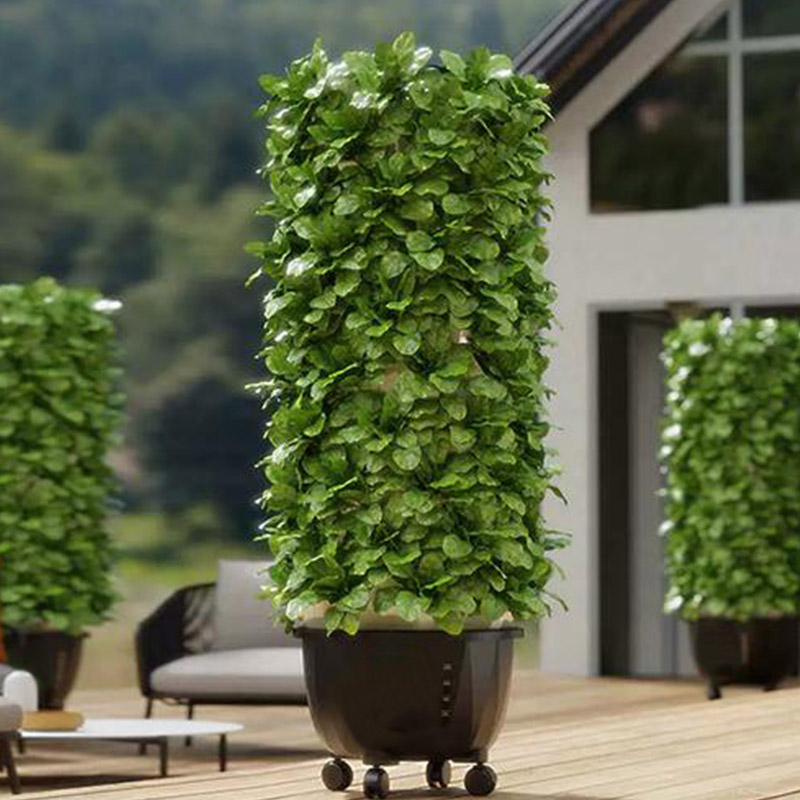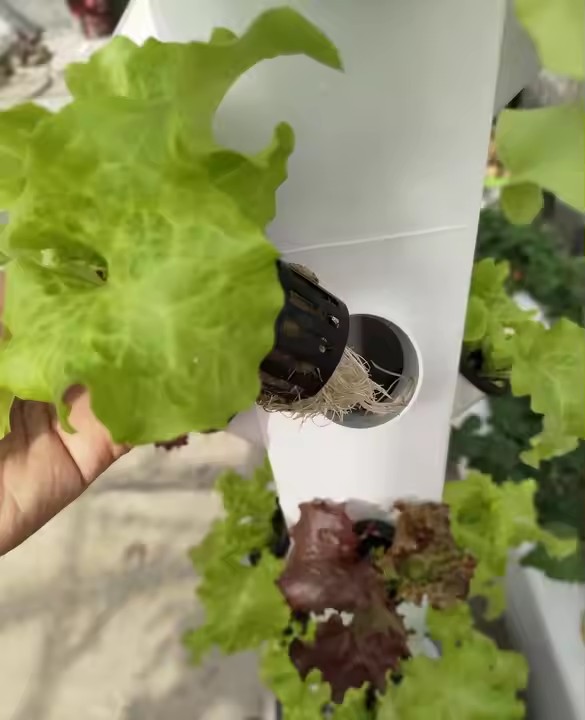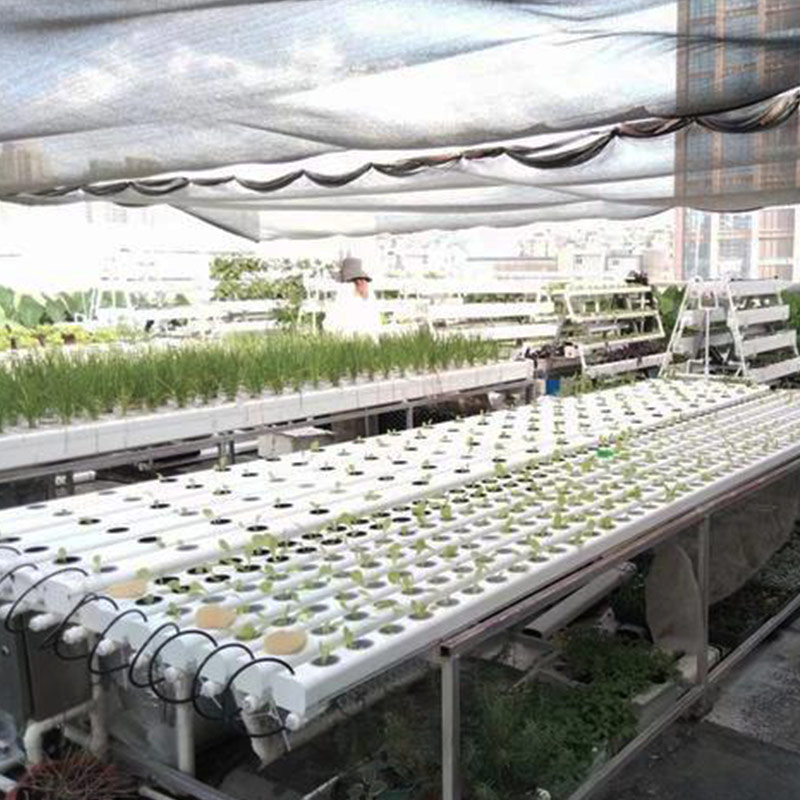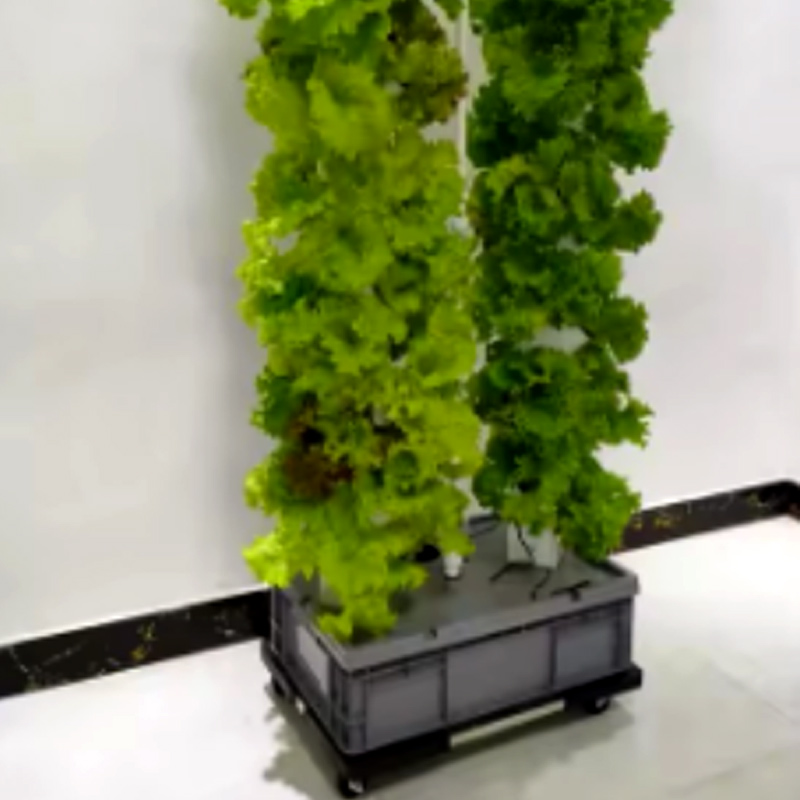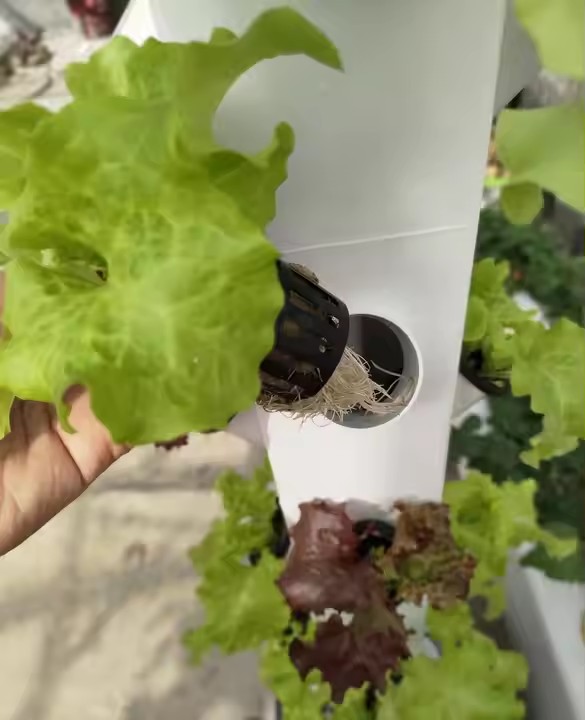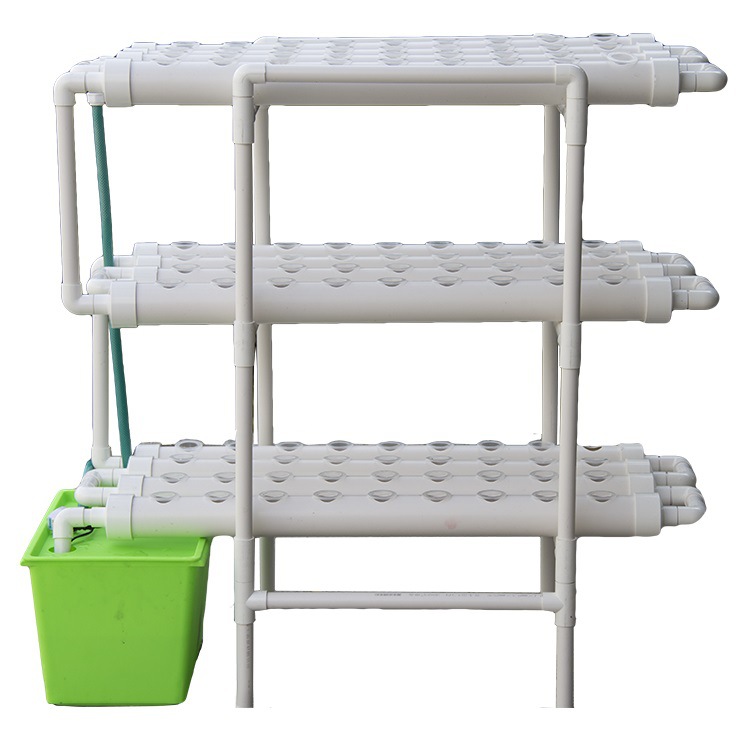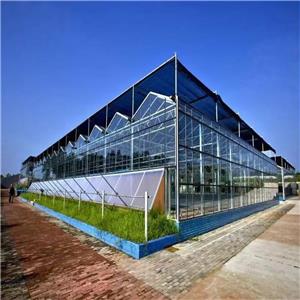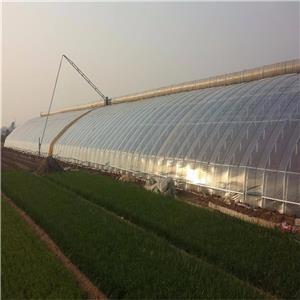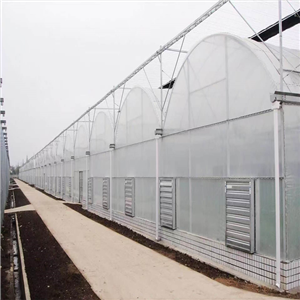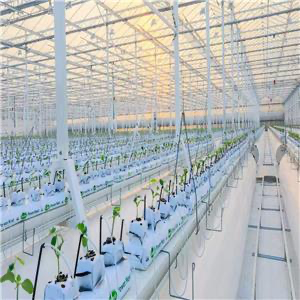
pineapple tower hydroponic planting system is an innovative vertical farming solution specifically designed for growing pineapples and other bromeliads in limited spaces. This compact, tiered system utilizes aeroponic or deep water culture (DWC) principles to deliver nutrients directly to plant roots while maximizing vertical growing area.
Pineapple Tower Hydroponic Planting System
1. Introduction to pineapple tower hydroponic planting system
Pineapples (Ananas comosus) are tropical plants traditionally grown in soil, but hydroponic systems offer faster growth, higher yields, and space efficiency. A Pineapple Tower Hydroponic System is a vertical growing setup designed to cultivate multiple pineapple plants in a compact footprint, making it ideal for urban farming, greenhouses, and indoor gardening.
This guide explores how to build, maintain, and optimize a pineapple tower for maximum fruit production.
2. Why Grow Pineapples Hydroponically?
✅ Space Efficiency – Vertical stacking allows 6-12 plants per 4 sq ft.
✅ Faster Growth – Hydroponic pineapples mature 30-50% faster than soil-grown plants.
✅ Water Conservation – Uses 90% less water than traditional farming.
✅ Year-Round Production – Not limited by seasonal changes.
✅ Pest and Disease Control – Reduced risk of soil-borne pathogens.
3. System Design of pineapple tower hydroponic planting system
Pineapple tower systems use aeroponics, deep water culture (DWC), or nutrient film technique (NFT) to deliver nutrients. Key design considerations:
Tiered Structure – Stacked growing chambers for multiple plants.
Root Aeration – Ensures oxygen reaches roots (critical for pineapples).
Drainage System – Prevents waterlogging.
Support for Heavy Fruit – Pineapples can weigh 2-5 lbs; staking may be needed.
4. Types of Pineapple Tower Systems
| Type | Description | Best For |
|---|---|---|
| Aeroponic Tower | Mists roots with nutrient solution | High-tech indoor setups |
| DWC Tower | Roots submerged in oxygenated water | Home growers, simplicity |
| Hybrid NFT/Drip System | Nutrient film with drip irrigation | Commercial scalability |
5. Essential Components
Tower Frame (PVC, food-grade plastic, or metal)
Growing Pods (net cups or foam collars)
Water Pump & Reservoir (20-50 gal for 6-12 plants)
Air Pump & Stones (for oxygenation in DWC)
LED Grow Lights (if growing indoors)
pH/EC Meters (maintain optimal levels)
6. Optimal Growing Conditions
Temperature: 75-85°F (24-29°C)
Humidity: 60-80%
Light: 14-16 hours/day (600-800 μmol/m²/s for LED)
7. Nutrient Requirements
Pineapples need a balanced hydroponic solution with:
Nitrogen (N) – For leaf growth
Potassium (K) – For fruit development
Calcium (Ca) – Prevents tip burn
Magnesium (Mg) – Aids photosynthesis
Recommended EC: 1.8-2.5 mS/cm
pH Range: 5.5-6.5
8. Planting and Propagation
Pineapples are grown from:
Crowns (top of a fruit)
Suckers (shoots from the base)
Slips (small plantlets from the stalk)
Steps:
Trim excess leaves from the crown.
Let it dry for 1-2 days to prevent rot.
Place in the hydroponic system with roots submerged/misted.
9. Growth Stages and Timeline
| Stage | Duration | Key Needs |
|---|---|---|
| Rooting | 2-4 weeks | High humidity, gentle nutrients |
| Vegetative | 6-12 months | Nitrogen-rich solution |
| Flowering | 1-2 months | Potassium boost |
| Fruiting | 4-6 months | Balanced nutrients, support |
Total Time to Harvest: 18-24 months (faster than soil’s 24-36 months).
10. Lighting Requirements
Natural Sunlight: 6+ hours direct light (outdoors/greenhouse).
Artificial Light: Full-spectrum LEDs (14-16 hours/day).
PAR Levels: 400-600 μmol/m²/s for optimal growth.
11. pH and EC Management
Test Daily – Fluctuations affect nutrient uptake.
Adjust pH – Use citric acid (to lower) or potassium hydroxide (to raise).
Flush Monthly – Prevents salt buildup.
12. Water and Oxygenation
DWC Systems: Maintain dissolved oxygen >6 ppm.
Aeroponics: Mist roots every 3-5 minutes.
Water Temperature: 70-75°F (21-24°C).
13. Pruning and Maintenance
Remove Dead Leaves – Prevents mold.
Support Heavy Fruit – Use soft ties to avoid stem damage.
Clean System Monthly – Prevents algae and pathogens.
14. Pollination and Fruit Development
Pineapples are self-pollinating but may need manual assistance indoors.
Ethylene Gas (from apples) can force flowering if needed.
15. Pest and Disease Control
| Issue | Solution |
|---|---|
| Mealybugs | Neem oil spray |
| Root Rot | Improve aeration, hydrogen peroxide rinse |
| Fungal Infections | Reduce humidity, increase airflow |
16. Harvesting Techniques
Signs of Ripeness: Golden color, sweet smell.
Cut, Don’t Pull – Use a sterilized knife to avoid plant damage.
Replant Crowns – Sustainable continuous growth.
17. Troubleshooting Common Issues
| Problem | Cause | Fix |
|---|---|---|
| Yellow Leaves | Nutrient deficiency | Adjust NPK levels |
| Slow Growth | Low light/temperature | Increase PAR/temperature |
| Small Fruit | Low potassium | Boost K in flowering stage |
18. Automation and Smart Controls
Automated pH/EC Dosing – Maintains perfect levels.
IoT Sensors – Monitors root zone conditions.
Climate Controllers – Adjusts temp/humidity.
19. Commercial vs. Home Systems
| Feature | Home System | Commercial System |
|---|---|---|
| Scale | 1-12 plants | 50-500+ plants |
| Cost | 200−1,000 | 5,000−50,000 |
| Automation | Basic timer | Full IoT integration |
20. Yield Expectations
1-2 Pineapples per plant (depending on variety).
Commercial Systems: 5-10 lbs/sq ft annually.
21. Cost Analysis
| Component | Home Setup Cost | Commercial Setup Cost |
|---|---|---|
| Tower Frame | 50−200 | 1,000−5,000 |
| Lighting | 100−500 | 2,000−10,000 |
| Nutrients | 20−100/year | 500−2,000/year |
ROI: 2-3 years for home growers, 3-5 years for commercial.

